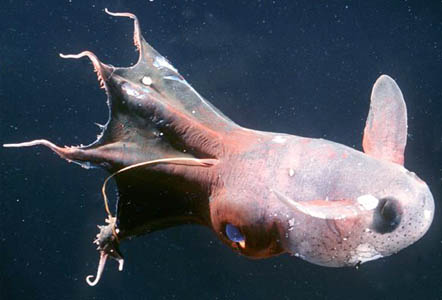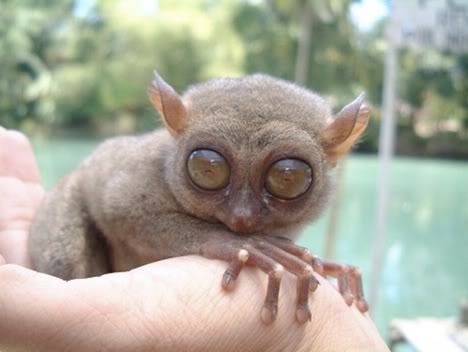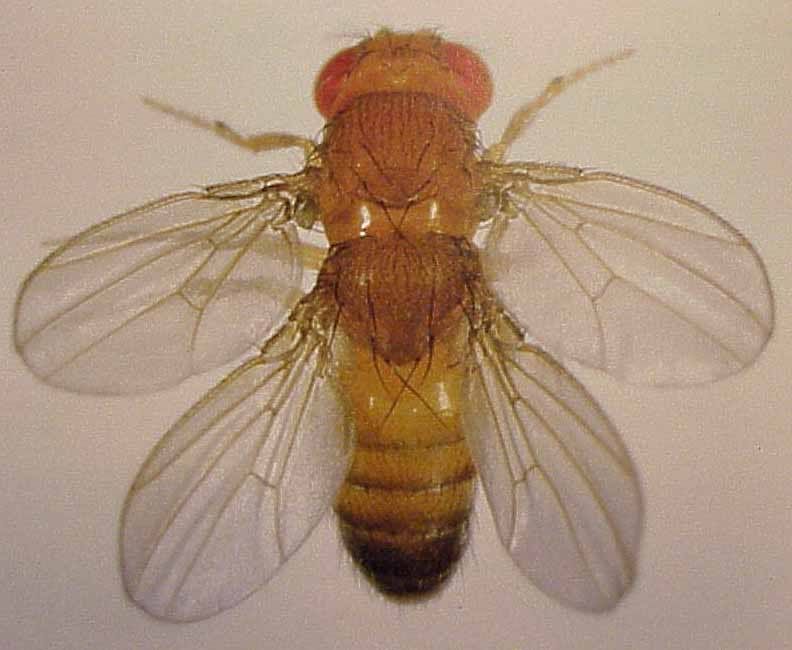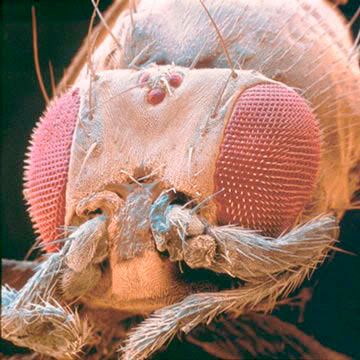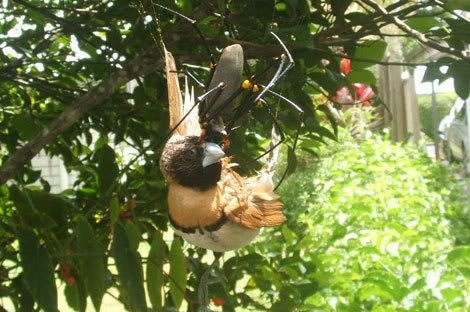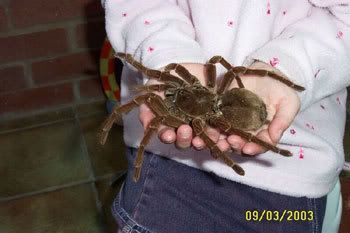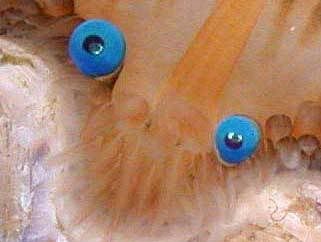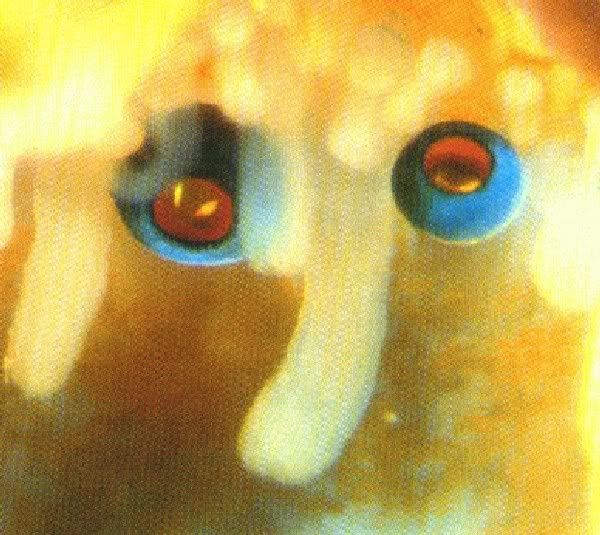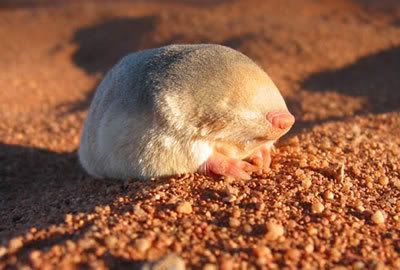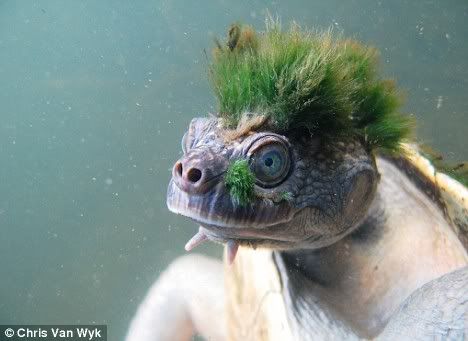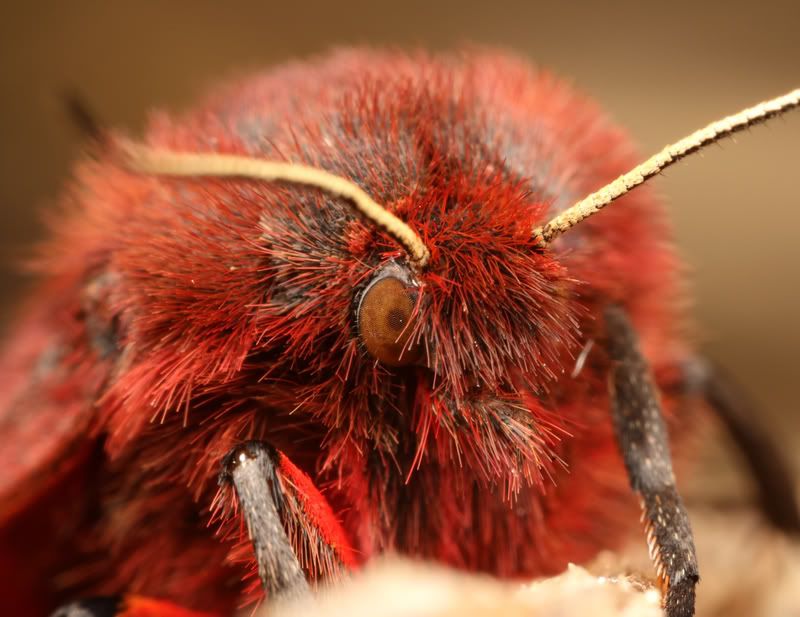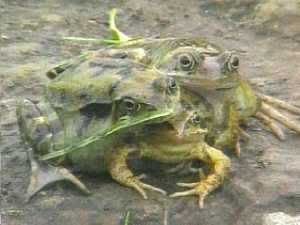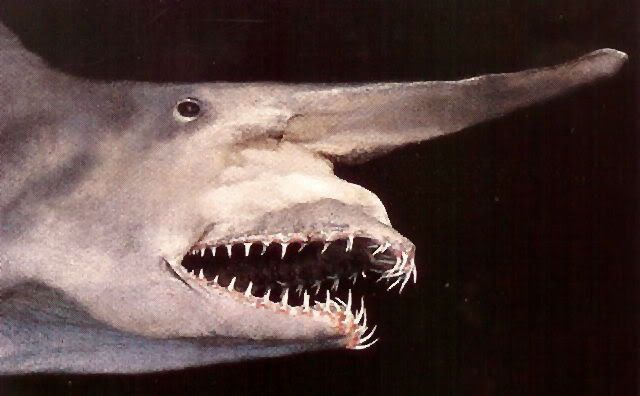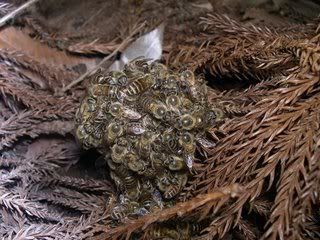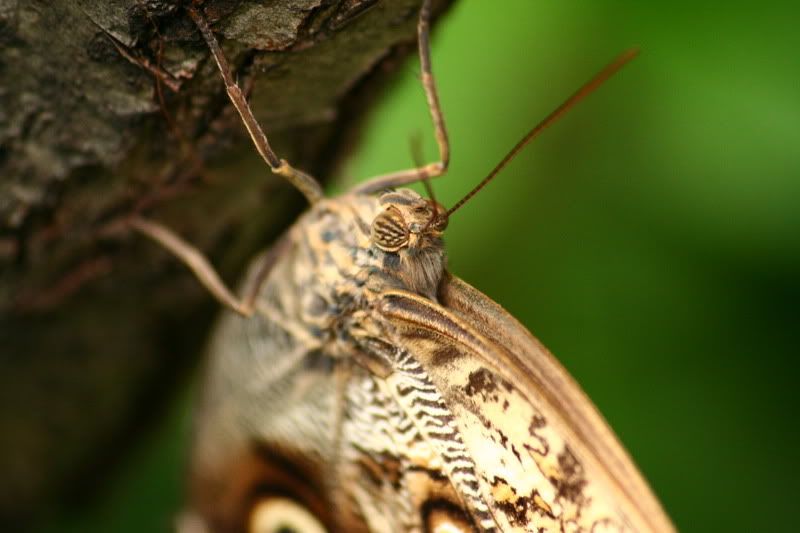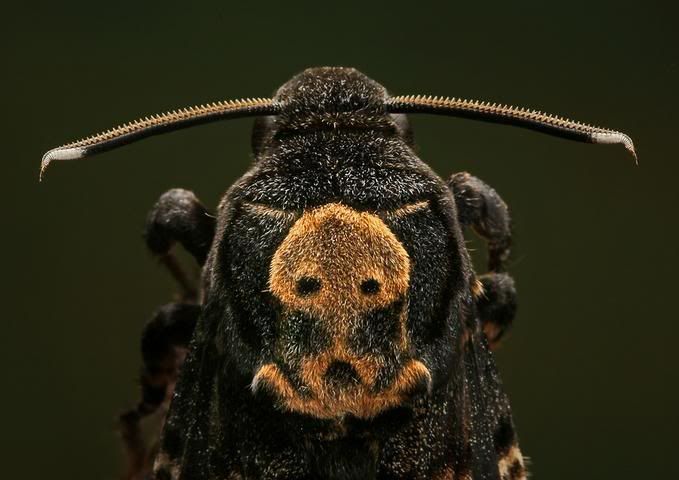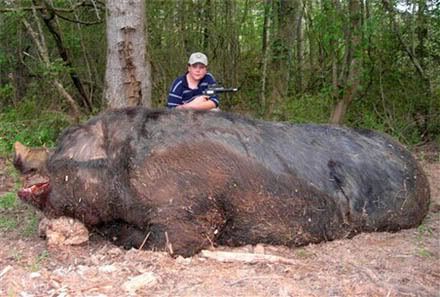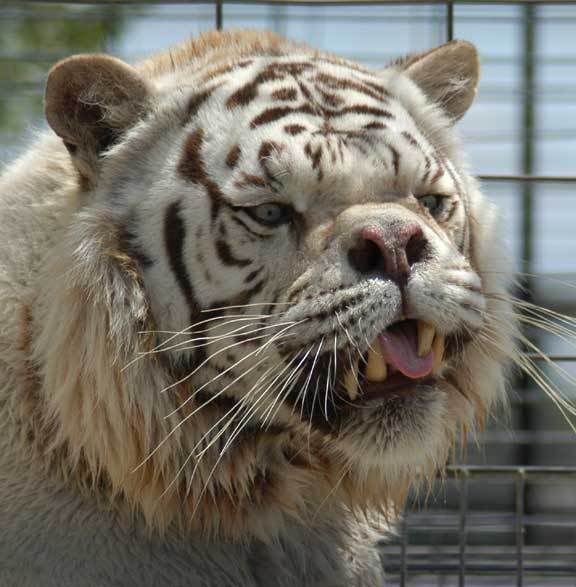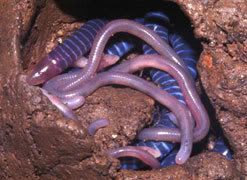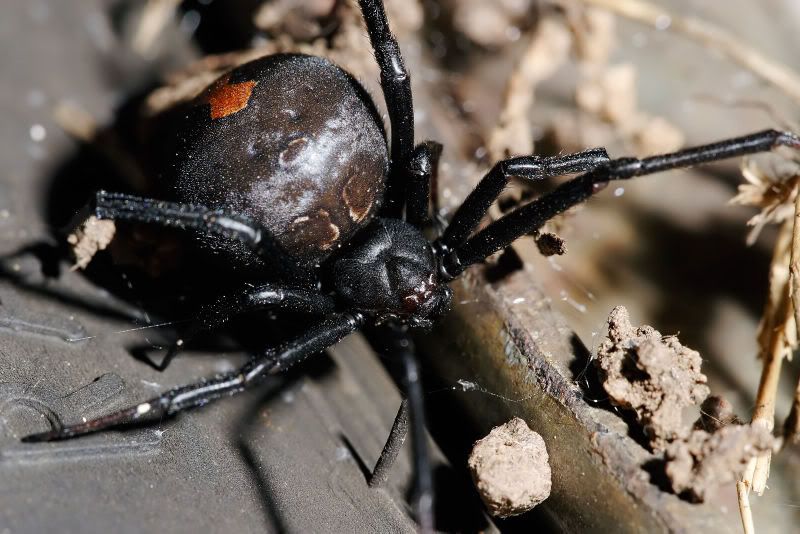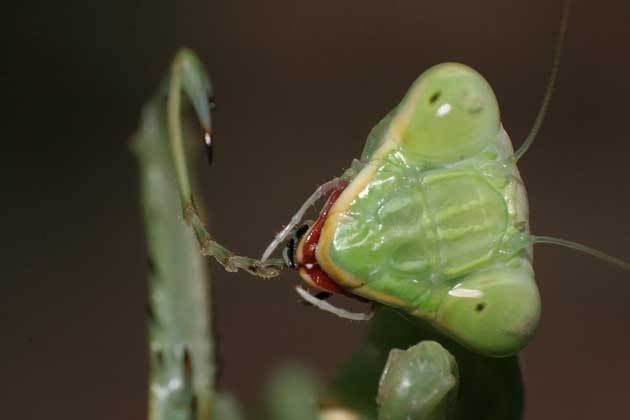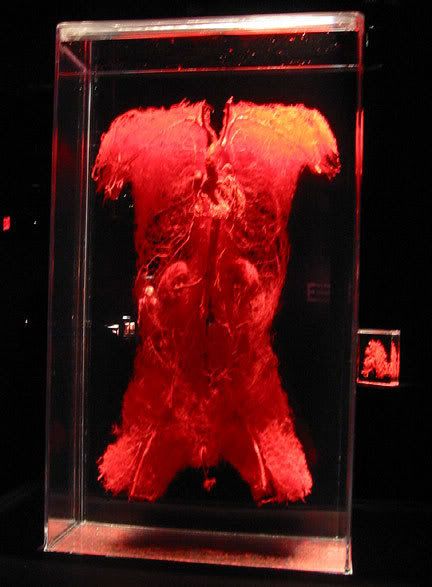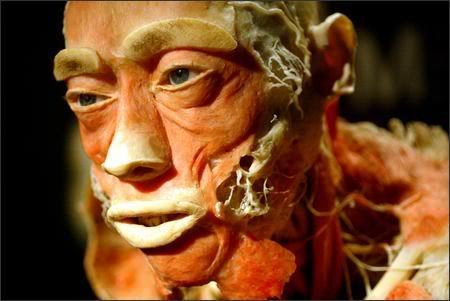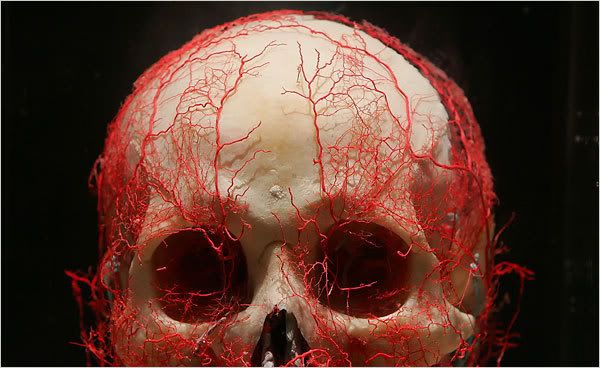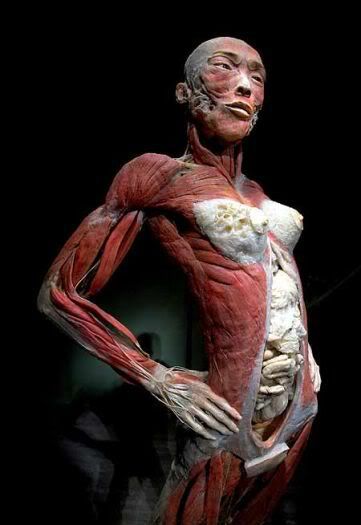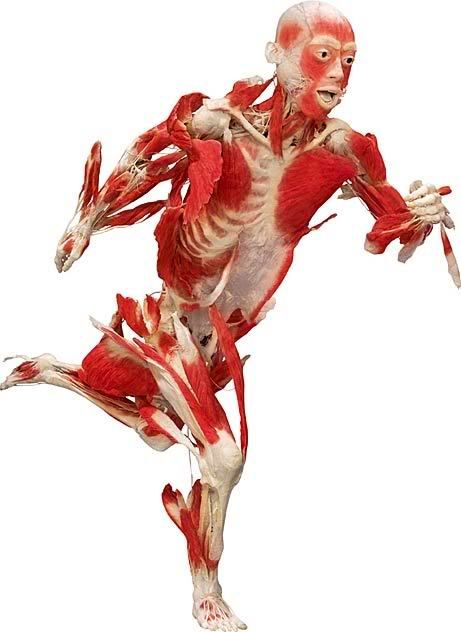
Vampyroteuthis infernalis. Image taken from http://l.yimg.com
This creature was first described in 1903, and it shares similarities with both octopuses and squids making it a tough cookie for phylogeny-people. It is only 15 cm in size, but has been found in sizes up to 30 cm, and is pigmented in variations from jet-black to pale-red, while the eyes are red or blue. The eye-to-body-size is actually the largest found among animals. Being a deep sea creature (living 600-900 m under the surface), it is capable of producing light, so that other animals down there can be temporarely disoriented by sudden flashes of light. In addition, the produces light can create illusional transparency when seen from below, making the vampire squid invisible for predators lurking even further down in the dark. When attacked, the squid places its arms with the tips glowing with light in a posture far away from the body, so that the attacker is drawn towards the body parts that are not as critical for survival as the body would be.
I can't find anything on why it has been given the name "the vampire squid from hell". In my world, such a name would be given to a creature with some diabolical quest in the deep dark sea, but from what I read, this seems to be a friendly creature (exept if you are a small shrimp or whatever it could be preying on), more suitable for a name such as "the pacifistic squid-like octopus from deep below" or "the colored yet transparent eight-armed squid/octopus" (I don't know how that would sound in latin though). Perhaps the name comes from its leathery apperance when it is looked upon in certain positions? Or perhaps it's name-giver had red too much Lovecraft? Either way, it's still swimming and are most likely not interested if we call it this or that. It just is, as we all are.

A bit more like a vampirish appearence. Image taken from http://www.lifesci.icsb.edu

